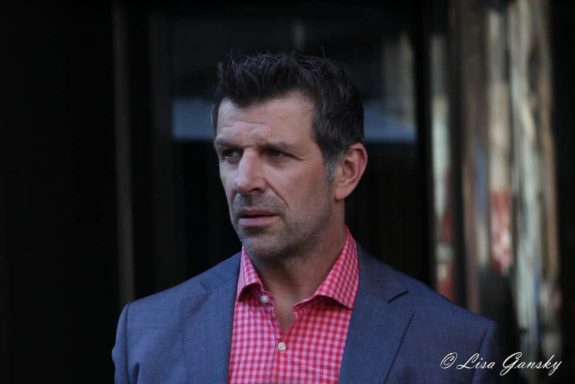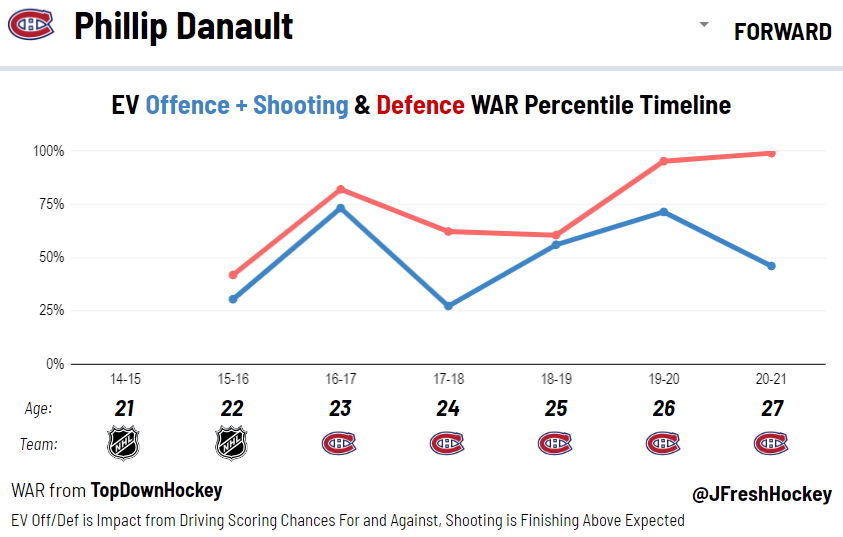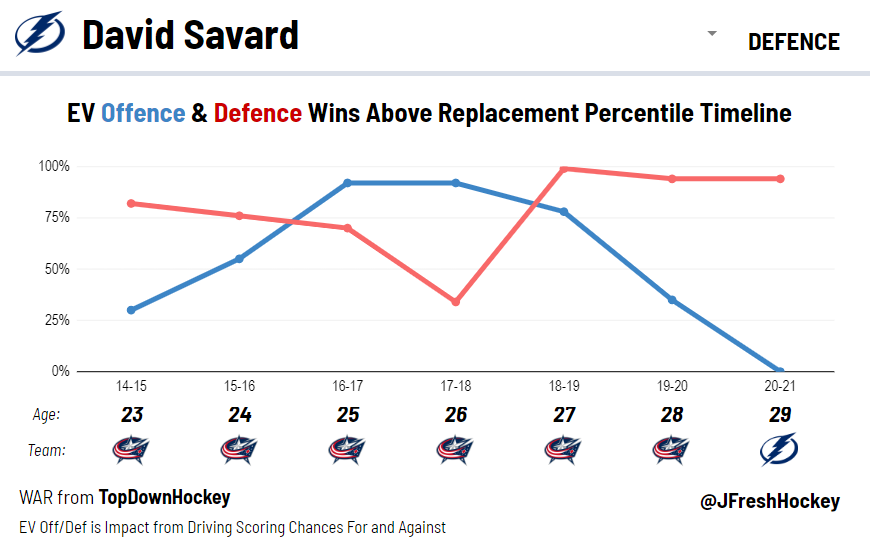Marc Bergevin was a breath of fresh air when he joined the Montreal Canadiens back in 2012. He was charismatic, personable — he seemed to be exactly what the team needed after Pierre Gauthier’s disastrous stint as general manager.
Fast forward to today and that energy Bergevin brought 10 years ago has soured. The club now finds itself in the bottom tier of the league. With injuries piling up, the team might be due for a massive overhaul, which not many predicted after Montreal’s first Stanley Cup Final appearance in almost 30 years.
It has been a bumpy road for the Canadiens the last few seasons. Fans have seen their team win its division, then finish near the bottom in its division; score lots of goals, then very few; make it to the Stanley Cup Final, then completely fall apart. The Habs have been consistent in their inconsistency, but such is the trend and resulting love-hate relationship Bergevin has developed over the course of his time in Montreal.

With that said, it is difficult to be the general manager of a professional sports franchise. With 32 teams in the league, the NHL has never been more competitive. To put things in perspective, this season’s favorite (Colorado Avalanche) has a 10.7 percent chance to win the Stanley Cup. Some things are out of a general manager’s control (puck luck, playing well at the right time, etc.), and while the measuring stick continues to be winning hockey’s ultimate prize, it is not the only thing that defines a good general manager. Perhaps the more pressing question here is has Bergevin iced teams that gave Montreal the best chance to win? The numbers might say otherwise.
The Analytics
The Canadiens have long been a tough code to crack when it comes to analytics. From Michel Therrien’s dump-and-chase teams to Claude Julien’s puck-possession teams to Dominique Ducharme’s chaos, the club has experienced an array of playing styles under Bergevin’s tenure. However, it seemed that no matter who was coaching, it was a Jekyll-and-Hyde scenario. When Carey Price was good, the team was bad, and vice versa. Rinse and repeat.

When melded together over the last decade, you get what you see in the chart above — an average team in every sense of the word. Since the 2012-13 season, Montreal’s expected goals (xG) — the number of goals a player or team should score given the number and type of chances they had in a game — only slightly deviated from its results, with the team performing as expected on defense and underperforming on offense.
It should be no secret that part of the reason the Canadiens struggle to score is their lack of star power and finishers (ranked 27th in shooting percentage), and they have had this issue for a concerningly long stretch. The last time the team had a point-per-game player (Alex Kovalev), Bob Gainey was still general manager. In fairness, it has been historically difficult to attract elite players to Montreal — pressure, weather, taxes, and language are among some of the reasons players avoid signing in La Belle Province. While all that is true, accepting the position as Canadiens general manager comes with the understanding that these challenges need to be overcome. In his 10 years as general manager, Bergevin failed to do so.
Related: Canadiens Can’t Blame All of 2021-22 Season on Injuries
Simple math would suggest that if a team falls short on their ability to convert shots into goals, it must outshoot and outchance opponents regularly just to break even in the scoring department. The team simply did not do that enough in the last decade to produce desired results.
Analytics do not tell the whole story, but in Montreal’s case, they paint an accurate picture of the mediocrity that is the Marc Bergevin era — an era that relied too heavily on goaltending and lacked offensive punch. But it is not all bad.
Player Evaluation
On some occasions, Bergevin demolished other general managers around the league. In fact, he won the majority of the trades he made — with recent key additions including Jeff Petry, Phillip Danault, Nick Suzuki, and Tomas Tatar. On many instances, the 56-year-old general manager showed that he was not only capable of wheeling and dealing but fleecing his counterparts.

Unfortunately, these brilliant moves were often overshadowed by Bergevin’s inability to re-sign key pieces in the offseason — Danault and Alexander Radulov, among others — coupled with some puzzling moves in free agency. In fairness, free agency is called a frenzy for a reason; it is the time of year where general managers get to become kids in a candy store, picking things off the shelf they do not necessarily need and, at times, grossly overpaying.
Bergevin fell for a few gimmicks, recent notables being Karl Alzner and David Savard. Focusing on Savard, there was a time when the 31-year-old Quebec native was a top-tier defenseman. That is no longer the case today.

As indicated in the chart above, Savard’s offense took a nosedive in the three seasons prior to joining Montreal, and his ineffectiveness at even strength has continued this season. According to Dom Luszczyszyn’s Game Score – a score used to measure a player’s overall impact at both ends of the ice – Savard is dead last on the team this season. He seems to always be a step behind and if a speedy forward is flying down the wing, having Savard as your last line of defense might not be the best game plan.
These are the types of moves that make you question everything. While players like Savard and Alzner bring valuable experience, ignoring three seasons of regression does not exactly instill confidence in Bergevin’s decision-making ability. Not every move is going to work out, but when there are numerous red flags screaming to stay away, and the general manager does the opposite, it wreaks of incompetency. The signs were there, and they were carelessly ignored.
The Canadiens general manager also failed to draft and develop core NHL players — Jesperi Kotkaniemi and Alex Galchenyuk come to mind. And while he stressed the importance of building through the draft at the beginning of his tenure, he never proved he could do that efficiently.
Final Thoughts
To put a balance on things, you would be hard pressed to find a general manager in the league that cares more about the players and product he puts on the ice. Marc Bergevin does what he feels is best for his hockey club, regardless of what anyone thinks — as seen with the vastly unpopular decision to trade P.K. Subban for Shea Weber. That ability to block outside noise is something to admire, and a trait the 56-year-old general manager has carried with him throughout his time in Montreal.
Since joining the Canadiens, Bergevin has gone from a clean-cut look to long-hair-don’t-care; from business-like to his version of the Geico Caveman. This change in appearance is perhaps a reflection of the countless hours, grilling press conferences, and stressful trade deadlines endured throughout his time as Habs general manager. But perhaps it is also a sign Bergevin has worn out his stay; that his time in Montreal is coming to an end.
You could write a novel about what went right and wrong for the Canadiens during the Bergevin era — a roller coaster ride with limitless ups and downs. While fans will continue to ride or die with their team, it might be time for the longest-standing general manager in the Eastern Conference to get off this ride. It might be time for Bergevin to finally hit the exit.
